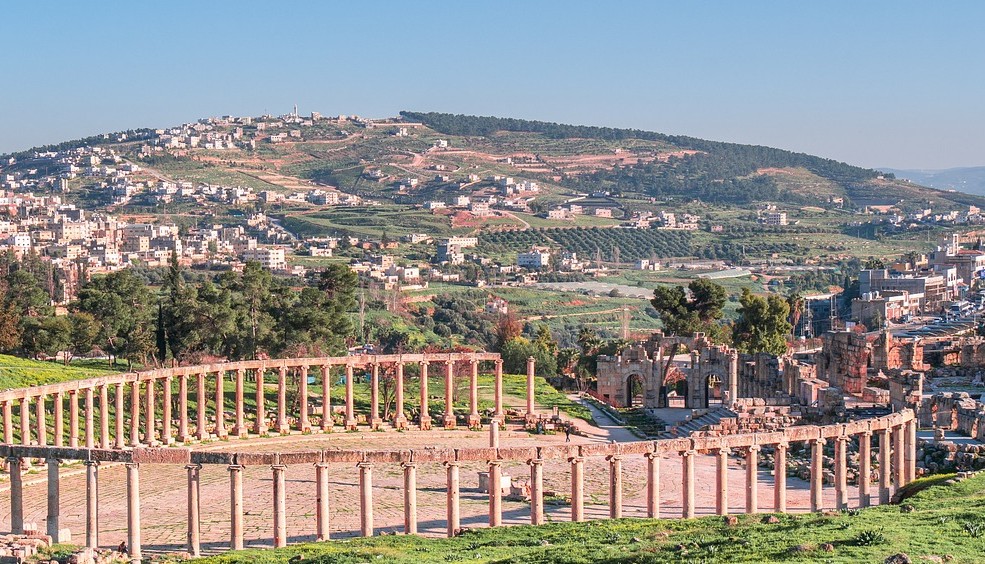Nine reasons to visit Tenerife at any time of the year
Volcanoes, nature, sport, gastronomy, tradition, architecture… It would be difficult to find another destination offering as much as Tenerife, whose privileged situation also makes it a perfect island to visit at any time of the year.
more infoA tour of Madrid's museums? And then dinner nearby
Madrid is an exceptional city for any art lover. And a gastronomic metropolis for the most discerning palates. To help you get the most out of your time, here are some restaurant recommendations for every museum. ENJOY!
more infoREASONS TO VISIT MENORCA IN WINTER. IT'S SO MUCH MORE THAN BEACHES!
The islands are not only for summer! Some say that Menorca is even more beautiful in winter, if possible. We tell you why, so you can start to plan your next getaway very soon!
more info5 top destinations this summer (2023)
If you're still undecided about where to go this summer, we're about to make it easy for you. We have prepared a few ideas, both popular and less well known, that will get people talking this year.
more info




